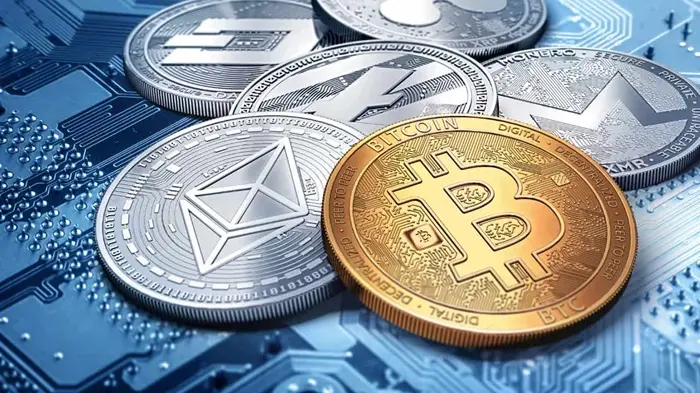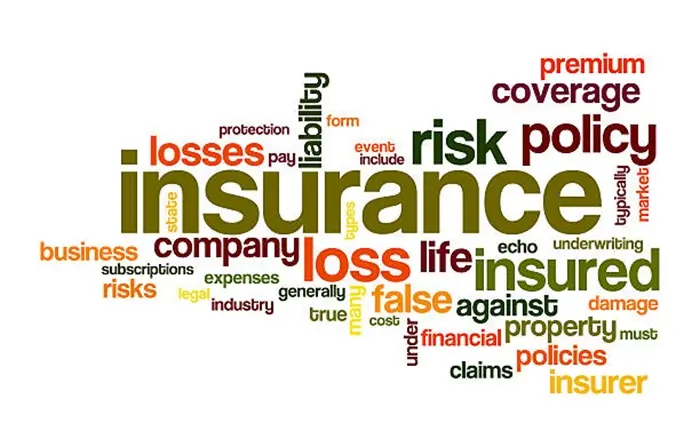It was a relief, if unbelievable and unexpected. The panic over Donald Trump’s trade war, which has rocked global financial markets and raised questions about America’s place in the world, has gone almost as quickly as it came.
After a one-day swing of more than 10%, the S&P 500 has settled into an uneasy calm this week, with volatility at levels not seen since the pandemic or the 2008 credit crisis. The VIX index has retreated sharply from its pandemic highs. U.S. Treasuries have once again reclaimed their long-standing status as the world’s “risk-free” asset.
Yet across Wall Street, from bond trading desks and corporate executives to hedge funds and independent research firms, there is a deep-seated sense of foreboding that this situation cannot last — and that a single social media post from the president of the United States could quickly turn everything upside down.
On Thursday, Trump again unsettled markets heading into a long weekend by claiming he might oust Federal Reserve Chairman Jerome Powell if he doesn’t cut rates and casting doubt on the Fed’s independence.
“This is just one guy controlling trillions of dollars,” said Scott Ladner, chief investment officer at Horizon Investments. “We’ve never seen anything of this magnitude — ever.”
Backpedal
By walking back his most punitive tariffs, signaling his willingness to negotiate with America’s trading partners and avoiding further escalation, Trump has pulled markets back from the brink and returned them to normal.
A wave of frenzied selling sent Treasury yields soaring last week, threatening the economy and raising concerns that his policy priorities will irreparably damage America’s alliances and its place as the premier destination for global capital.
But his fitful, chaotic, single-handed rewriting of decades-old global trade rules, and his initial indifference to the market rout it unleashed, have undermined confidence in the direction of the U.S. economy and, by extension, asset prices across the board.
“The market is overly panicked,” said Jay Genzel, founder and chief investment officer of Times Capital Management. “We’ve seen this big thing, but there’s still a lot to worry about.”
Trump’s push to raise import tariffs to the highest level in more than a century will almost certainly deliver another inflationary shock to the U.S. and slow the resilience of the U.S. economy, which has been the main driver of global growth in recent years. His decision to suspend some of the highest tariffs to negotiate — even as he left in place high tariffs on China — will only add to the uncertainty.
Recent earnings reports, which often serve as a reality check for the stock market, also highlight how much the outlook has changed in just a few weeks. Banks such as Bank of America Corp. and JPMorgan Chase & Co. reported that business held up well in the latest quarter, thanks in large part to still-healthy consumer spending.
Wide Range
However, the direction of profits is unclear as consumers worry about the impact of Trump’s tariffs and companies stay on the sidelines. United Airlines Holdings Inc. issued a rare pair of earnings forecasts in an attempt to reassure nervous investors that it will still post solid profits even if the U.S. economy falters.
Bob Doll, CEO of Crossmark Global Investments, faces similar doubts. He said that normally his forecast range for stock market movements is relatively narrow. However, on Wednesday, with the S&P 500 holding around 5,350, he said the index could fall to around 4,000 or rise back to 5,800, depending on whether the U.S. avoids a recession.
“You could drive a truck through that range,” he said.
Wall Street strategists have been cutting their forecasts for U.S. stocks. Citigroup joined others that have become increasingly cautious about the outlook. But overall, the forecasters remain relatively optimistic, with an average expectation that U.S. stocks will rebound by the end of the year.
Despite the sharp decline in stocks, the market has not yet priced in the risk that Trump is willing to endure a temporary recession to implement his agenda to revive U.S. manufacturing, said Raheel Siddiqui, senior strategist at Neuberger Berman.
“When we look at the U.S. stock market, we don’t see the recession reflected in the stock price,” he said. “When a president says ‘recession, so what, short-term pain, long-term gain,’ you don’t know how hard he’s willing to work. If he keeps going, he’s going to break the camel’s back one day.”
In the bond market, last week’s wild sell-off has largely subsided, sparking some optimism that the sell-off was driven more by the unwinding of leveraged positions and the desperate need to raise cash than a loss of confidence in the U.S. government.
However, those concerns have not disappeared, and officials and investors continue to worry that recent volatility is casting doubt on the safe-haven status of the U.S. Treasury market. However, Trump’s decision to suspend tariffs as the sell-off intensified is partly a sign of his reluctance to let the bond market fall further.
“When you see the 10-year rate go up half a percentage point in a very short period of time, that’s the opposite of what the government is looking for,” said Scott Pike, senior portfolio manager at Income Research + Management. “It’s easy for the government to notice that and change direction.”
However, he said the sharp sell-off has bond investors worried about whether they can get enough returns to compensate for the risks currently hanging over the Treasury market.
“It’s going to take some time for that concern to subside,” he said.
































